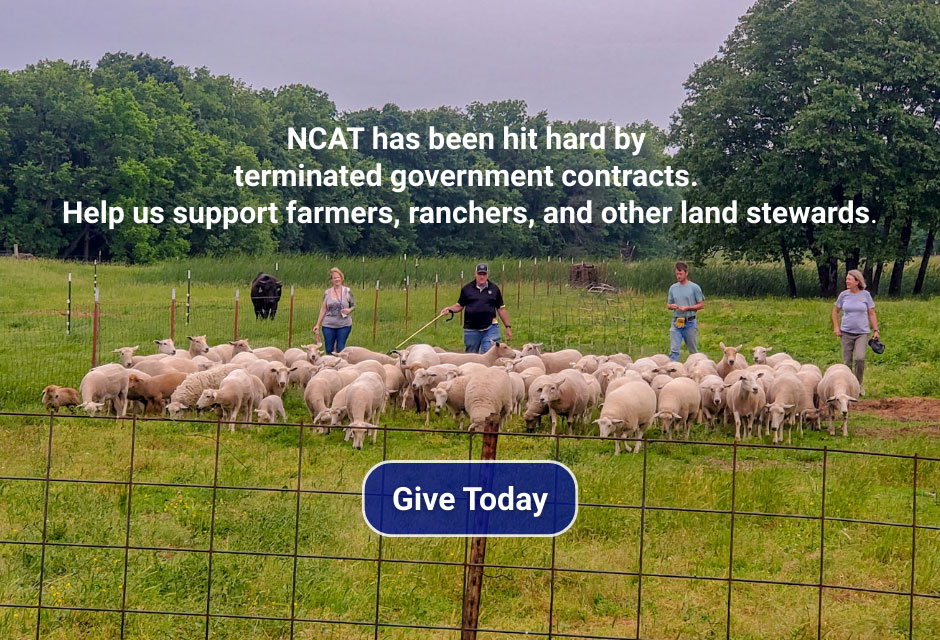Agroforestry Accelerator Program Enrolling Entrepreneurs
The Agroforestry Coalition is partnering with the Food Finance Institute (FFI) to launch a free, six-month agroforestry business accelerator program. The Agroforestry Fellows Program (modeled on the successful FFI Food […]

